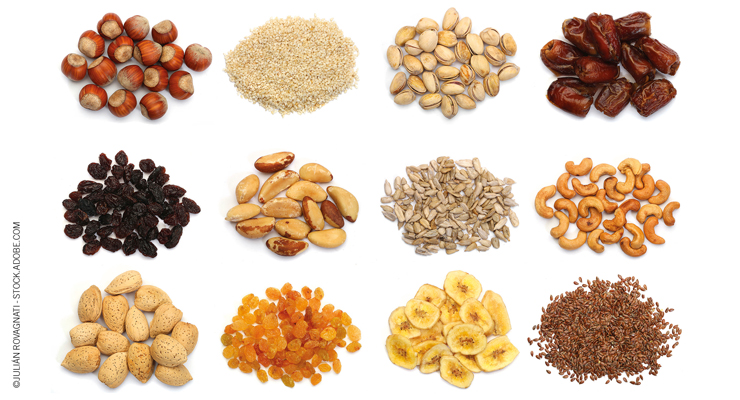Low moisture foods (LMF), as mentioned in class, have water activities too low to support growth of bacteria of public health concern. Indeed, according to the European ILSI, CODEX, and other authorities, the cutoff water activity for these foods is 0.85, below which pathogens cannot grow. These include a wide range of common foods like grains, flour, nuts, seeds, spices and infant formula.
A recent paper (October 2021) in the International Journal of Food Microbiology points out (as I also did in class) that although growth does not occur, neither does cell death. Thus, pathogens could still be present, leading to product recalls, but also, under a worse-case scenario, foodborne outbreaks.
Unfortunately, there have been plenty of the latter. Major cases included Salmonella in tahini, pistachios, dried coconut, and cereals, and several flour-borne outbreaks due to Salmonella and E. coli O26. Other recalls implicated eggs, cocoa, herbs and spices, and milk products.
But the main focus of this paper was on prevention. Specifically, they recommend steps that the LMF producers should adopt to prevent such occurrences. Most are focused on the production environment. Included are monitoring the equipment and production areas, with frequent cleaning ans well as routine testing based on indicator organisms.
I know it sounds like a broken record, but the bottom line is Hutkins’ Rule #1: Keep Out!
Image: foodqualityandsafety.com/

